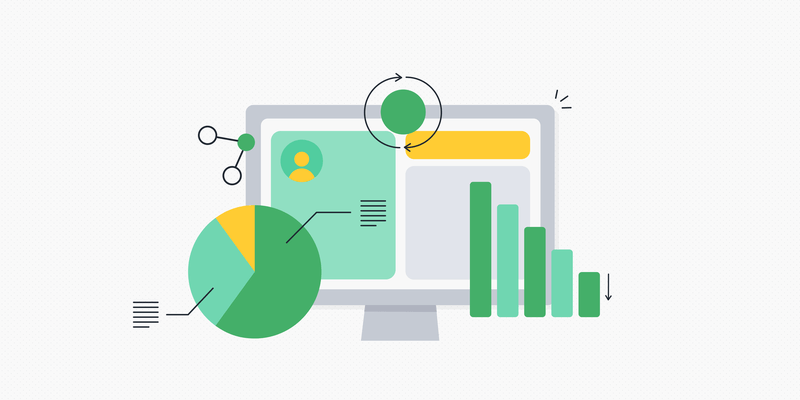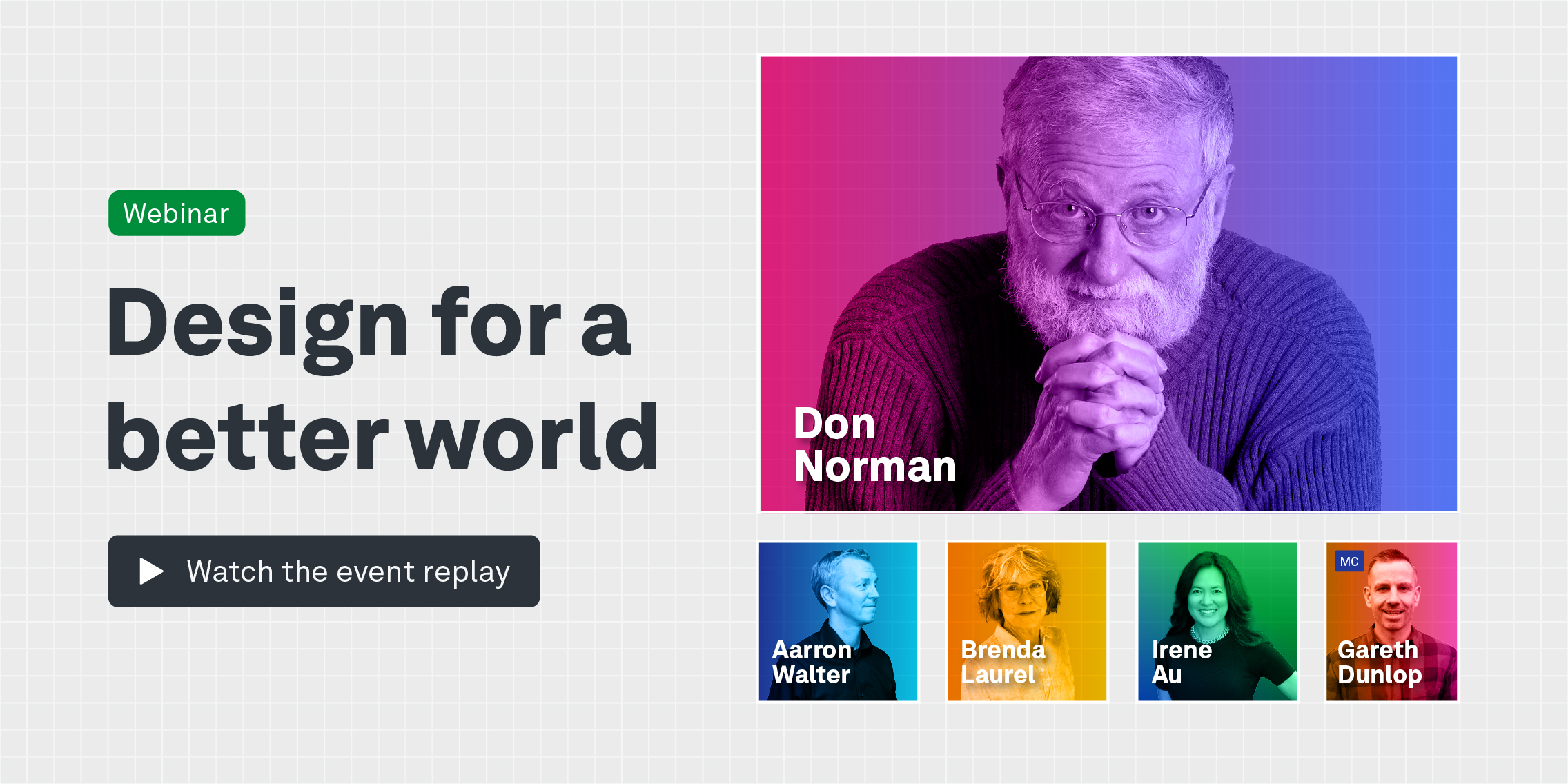The impact of climate change and other environmental issues is increasingly being felt. As a result, businesses are trying to build more sustainable products. This includes businesses that build products primarily in the digital realm.
In this article, we’ll tell you what sustainable digital product design (UX/UI) is and why it matters, and explain some principles and practices that will enable businesses to build more sustainable digital products. Let’s get started!
What is sustainable product design and how does it relate to digital products?
Sustainable product design involves creating products with a lower environmental impact. This includes digital products. Digital sustainability applies social, economic, and environmental principles to digital products delivered through the internet. While digital products are not always physical, they still consume resources, including energy to maintain servers and operate user devices, and electronic waste produced by older devices. As a result, digital product designers have a responsibility to care about sustainable product design.
Why does sustainability in digital product design matter?
The environmental impact of the digital sector is considerable. According to the Sustainable Web Manifesto, “If the Internet was a country, it would be the fourth largest polluter.” As a result, digital sustainability can help decrease technology’s negative impact on the environment.
Moreover, sustainability can help us design better systems. Natascha Mehrabi, a senior UX designer at Apply Digital in Vancouver, Canada explains, “The steps we take to reduce energy usage are often the same ones we take to increase load times, improve customer experience, and even reduce costs.” As a result, digital sustainability can help us stop and possibly even reverse the trend of climate destruction.
6 sustainable design principles for digital products
Sustainable design principles for digital products ensure that these products are environmentally friendly while still meeting user needs. They include:
1. Efficiency
This means designing products that reduce energy and material consumption. This can be done by simplifying user tasks, requiring fewer server requests, or using less processing power.
2. Minimalism
A clean design can reduce the load time on devices and reduce cognitive load for users as well.
3. Circular economy
The circular economy model is a sustainable business model where products are designed for their ability to be reused, recycled, and repaired. As a result, products are designed to maximize their resources.
4. User awareness
Create designs that inform users about the sustainability of their choices. This may encourage users to adopt more sustainable practices into their daily lives.
5. Regenerative design
Making things regenerative creates products that renew systems. Regenerative design can actively enhance natural ecosystems and restore their resources rather than deplete them.
6. Renewable or recyclable materials
If physical components are involved in your design, champion the use of renewable or recyclable resources in your product.
Moving towards more sustainable digital product design: actionable steps and practices
There are several strategies that businesses can use to start implementing more sustainable digital product design. They include:
1. Use energy efficiently
Reducing energy consumption is a big priority. One great way to do it is to reduce the computer resources required through things like sustainable software coding and green data centers.
For example, Google’s AMP framework is an open-source project optimized for mobile web browsing that ensures webpages load faster and, therefore, use less energy. Similarly, there are many green web hosting providers, including GreenGeeks, In Motion Hosting, Ionos, and HostPapa. They all have a strong commitment to sustainability, including GreenGeeks purchasing three times as many energy offsets as it uses and In Motion Hosting cutting cooling costs and reducing its carbon footprint.
2. Lengthen product lifecycles
Creating user interfaces and digital hardware that is easy to update encourages people to keep their products longer, lengthening the product’s lifecycle. This can be done by using recyclable materials in hardware design, creating products that are durable and long-lasting, and making sure products can be easily disassembled for repairs or upgrades.
For instance, Fairphone is an Amsterdam-based company that makes smartphones that are designed and manufactured from responsibly sourced materials, making them long-lasting. Not only that, customers can easily replace or repair a single component themselves, instead of the whole device.
3. Reduce waste
Ensure digital products run on the lowest necessary specifications to make sure they can run on older hardware. This reduces the need to upgrade devices every couple of years. In addition, make sure materials can be recycled or repurposed, or use biodegradable materials to reduce their environmental impact.
For instance, Microsoft ensures that new versions of its Windows operating system are compatible with older machines, extending products working life and reducing waste.
The challenges of sustainable product design (and how to overcome them)
There are many benefits to sustainable product design, but with them come challenges. Here, we discuss the challenges and offer solutions for overcoming them.
1. Budget constraints
Sustainable product design may have higher upfront costs. Some sustainable product designs may be cost-prohibitive. This can be overcome, in part, by policies and regulations that support sustainable business practices. Businesses can also focus only on the ideas for sustainability that are in their budget, because some is better than none.
2. User acceptance
Users may not understand or even be aware of sustainable product design for digital products. As a result, changes that adjust the functionality or appearance of a product may cause anger or frustration. Consumer education that encourages users to make decisions based on sustainability can raise awareness about the benefits of sustainable choices.
3. Performance limitations
Balancing energy efficiency with a product’s performance requires innovative solutions. To meet this challenge, businesses need to invest in research and development to find solutions that overcome these technical challenges.
4. Privacy vs. energy efficiency
Optimising energy efficiency and functionality often involves collecting user data, but this raises privacy concerns. Making sure you get user consent and being transparent about users’ usage data is important to ensure you come out on the right side of this issue.
5. Ethical AI
Artificial intelligence has become a major consideration for many technologies, but there hasn’t been a lot of concern about its environmental footprint. Sustainable businesses must champion the development and design of artificial intelligence that has positive values such as fairness, accountability, transparency, and ethical principles.
Key takeaways
Key takeaways from this guide are:
- Digital sustainability applies social, economic, and environmental principles to digital products.
- Digital products, while not always physical, still consume resources, including energy to maintain servers and operate devices and electronic waste.
- Sustainability in digital product design matters because it can decrease technology’s negative impact on the environment and help us, as designers, create better systems.
- Sustainable design principles include efficiency, minimalism, circular economy, user awareness, regenerative design, and renewable or recyclable materials.
- Actionable steps to take towards sustainable digital product design include using energy efficiently, lengthening product lifecycles, and reducing waste.
- The challenges of sustainable digital product design include budget constraints, user acceptance, performance limitations, privacy vs. energy efficiency, and ethical AI.
Adopting sustainable design practices is key to making product design more environmentally friendly. By incorporating the principles and guidelines in this guide, you can begin to create a future where technology isn’t used at the expense of the Earth.
If you’re interested in learning more about product design, the UX Design Institute’s Product Design (UX/UI) Programme could be right for you. And if you’d like to read more posts about product design check out What does a product designer (UX/UI) do? and 5 inspiring product design examples.





